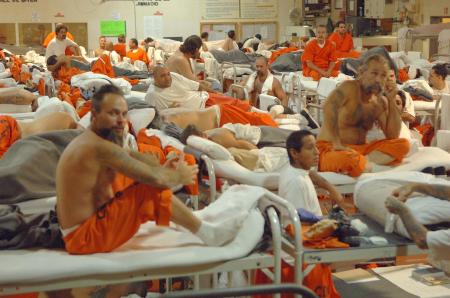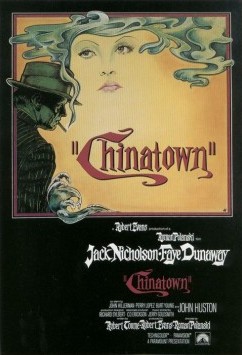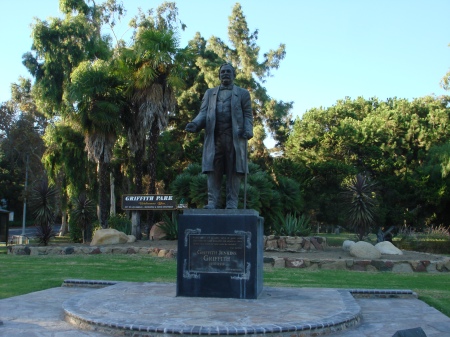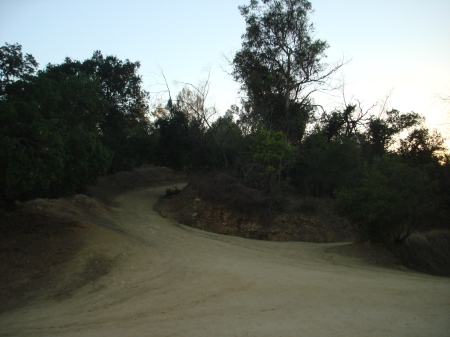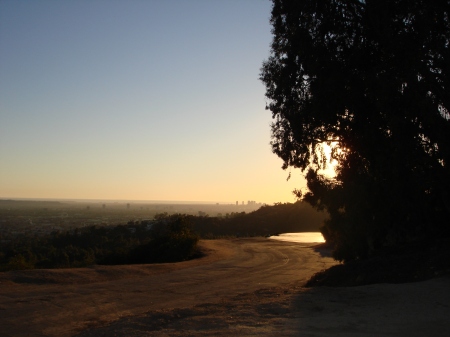
Last November I went to the Covered California website to look for health insurance on the exchange. I was told that I qualify for Medi-Cal, California’s version of Medicaid, under the new rules. I filled out the application on the website and submitted it. I was told that my application would be forwarded to the Department of Social Services. I waited a few weeks without hearing anything. I called my caseworker at DPSS and asked her about it. She said that the new rules didn’t go into effect until January 1, and I wouldn’t hear anything until then. So I waited. January 1 came and went. In the middle of January, I called my caseworker. She told me that they were still waiting for instructions from the federal government. Until then, they couldn’t do anything. I would just have to wait until I heard from them.
I waited a few weeks. I called my caseworker again, and she told me the same thing. In late February, I looked at the Covered California site again. It did not say that my application had been approved. I called my caseworker, but she was out of the office. So, I called the DPSS’s information line. I gave the operator my case number. He said that they had never received my Medi-Cal application. I told him that I had applied through the CC website. He told me I should try calling them. So I called Covered California. The person there told me that my application had been forwarded to the DPSS.
So I downloaded another application, printed it out, and filled it out by hand. I then put it in an envelope and wrote my case number and my caseworker’s name on the outside. I then went to my local DPSS office and put it in the mail slot. Several days later, I received a letter from my caseworker saying that she needed proof that I was receiving unemployment benefits, as well as a copy of my driver’s license. So I sent those to her. I waited a while, and then I called her. She said that my application was “pending” and that they would contact me when it was approved. I waited a couple of weeks and called her again. She said that my application was still pending. This went on through March, April, and most of May. A couple of weeks ago, I called my caseworker. A different woman answered the phone. She told me there was something in the computer system that was blocking my application from going through and that they were working on it. After I hung up, she called me back and said that she needed proof that I was receiving unemployment benefits. She gave me a fax number. I had already given this information, but I decided not to argue with her, so I faxed it to her. The next day she called and said that my application had been approved. She said that I would receive my Medi-Cal card within a week.
A week later I received a plastic card in the mail. On it was printed, “State of California Benefits Identification Card”. On the back, it said, “This card is for identification ONLY. It does not guarantee eligibility.” This didn’t sound encouraging to me. I called my caseworker. The woman I had talked to the week before answered the phone. When I asked her about the card I had received, she said that was my Medi-Cal card. When I asked her when would I receive instructions on how to use it, she said that I didn’t need instructions, I just had to show the card to my medical provider. When I asked her if I could get a list of physicians who accept Medi-Cal, she told me I would have to “research” that myself. She said they would eventually send me a list, but they couldn’t do it now.
Today, out of curiosity, I looked at my account on the DPSS website. It said that my Medi-Cal application had been DENIED. What the hell??? I immediately called my caseworker. This time, a third woman answered the phone. When I told her my case number, she said that my Medi-Cal application was still pending! When I asked why the website said that my application had been denied, she said she didn’t know. She said that my regular caseworker will be in tomorrow, and she will have her call me.
It is now June and I still don’t have the coverage that I was supposed to receive back in January. If I had become seriously ill during this time, I would have been screwed.
Yeah, Obamacare is a huge success, ain’t it?
